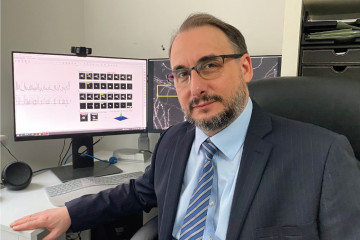Project grant
Novel in vitro platform to study molecular mechanisms of neurotransmitter release and synaptic plasticity

At a glance
Completed
Award date
January 2023 - August 2024
Grant amount
£198,945
Principal investigator
Professor Kirill Volynski
Institute
University College London
R
- Replacement
Read the abstract
View the grant profile on GtR
